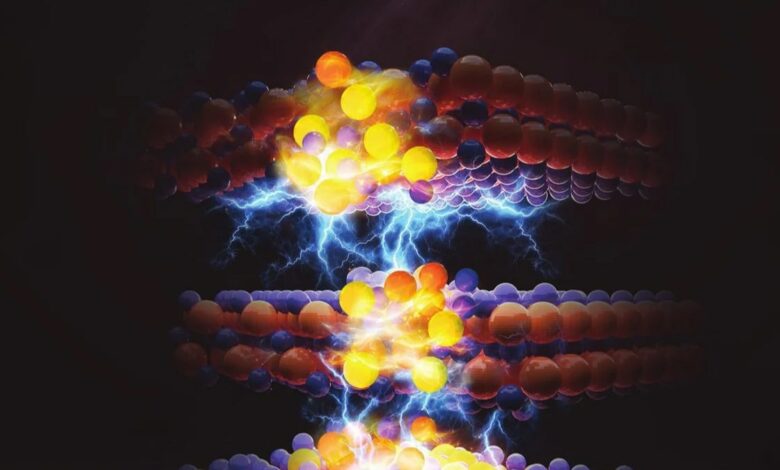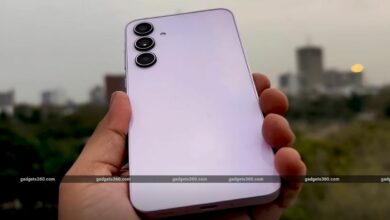Indian researchers develop energy-efficient method of making glass

A recent discovery at the Indian Institute of Science (IISc) offers an energy-efficient method to achieve glassy transformations in indium selenide, a material that could change the face of data storage technology. The research was conducted in a collaboration between the University of Pennsylvania and the Massachusetts Institute of Technology (MIT). The research shows that continuous electric current can transform the crystalline structure of indium selenide into glass, using a billion times less energy than the traditional melt quenching process.
Unusual transformation mechanism revealed
The studypublished on November 6, 2024 in Nature, describes how this crystalline-to-glass transformation takes place in indium selenide. The study claims that, unlike conventional processes that require high temperatures and sudden cooling, researchers found that mechanical shock caused by continuous electrical currents achieved the same result. This discovery eliminates the need for the energy-intensive heating and rapid cooling phases typically used to create glassy phases in materials. Gaurav Modi, a former PhD candidate at Penn Engineering, initially expressed surprise at the finding, noting that continuous flow alone disrupted the structure of the material.
Collaborative analysis at the microscale
IISc’s in situ microscopy instruments were widely used to observe the transformation at both atomic and micrometer scales. Assistant Professor Pavan Nukala from IISc’s Center for Nano Science and Engineering, along with PhD student Shubham Parate, worked with Penn Engineering’s Srinivasa Ramanujan Distinguished Scholar, Ritesh Agarwal, to investigate the transformation. By passing an electric current through indium selenide, the team found that the layers of the 2D material moved against each other, generating small-scale electrical and mechanical shocks similar to seismic activity, ultimately leading to glass formation.
Future implications for phase change memory
According to Agarwal, power requirements have been a limiting factor for phase change memory devices in widespread applications. This discovery therefore has significant implications for the efficiency of data storage technologies in computers and mobile devices. Nukala has indicated that next steps will include efforts to integrate these materials with CMOS technology, potentially paving the way for more sustainable memory solutions.
For the latest tech news and reviews, follow Gadgets 360 X, Facebook, WhatsApp, Wires And Google News. For the latest videos on gadgets and technology, subscribe to our YouTube channel. If you want to know everything about top influencers, follow our in-house Who is that360 on Instagram And YouTube.

Gemini app for iPhone with Gemini Live capability appears in the App Store for some users
Realme 14 Pro Lite said to be in the works, color options, RAM and storage configurations tipped





